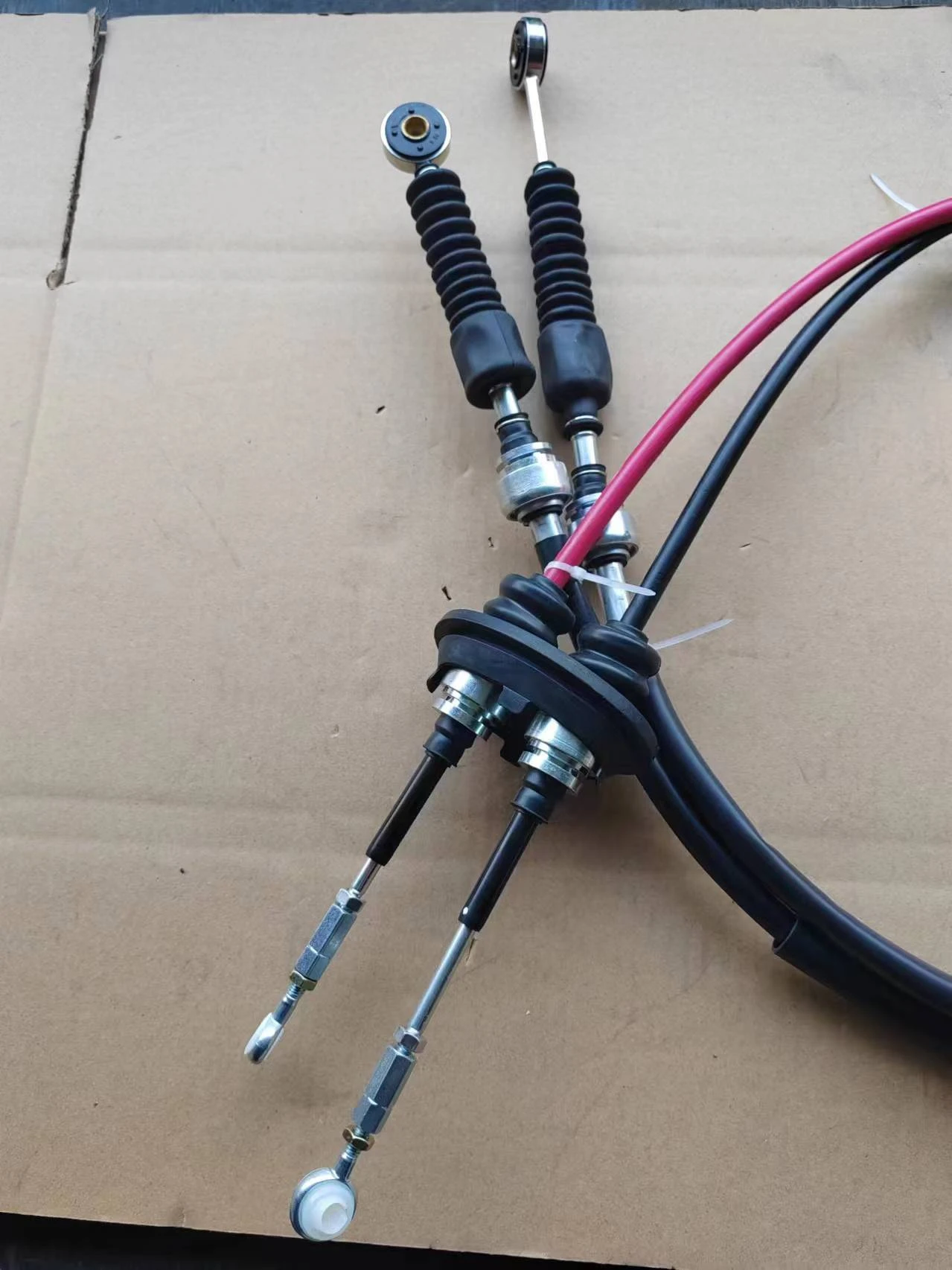Hydraulic Line for Clutch Slave Cylinder Installation and Maintenance Guide
Understanding the Clutch Slave Cylinder and Hydraulic Line
The clutch system in a vehicle plays a crucial role in the smooth operation of the transmission, allowing the driver to engage and disengage the engine from the wheels. Central to this system is the clutch slave cylinder, which acts as a vital component in the hydraulic mechanism that facilitates the clutch's function. A thorough understanding of the clutch slave cylinder and its hydraulic line is essential for any automotive enthusiast or technician.
What is the Clutch Slave Cylinder?
The clutch slave cylinder is a hydraulic cylinder that operates the clutch fork or the clutch release bearing in a manual transmission system. It is typically mounted on the transmission housing and is filled with hydraulic fluid. When the driver depresses the clutch pedal, the master cylinder pushes hydraulic fluid through the hydraulic line to the slave cylinder. This action causes the piston inside the slave cylinder to move, which then disengages the clutch, allowing the driver to shift gears smoothly.
The Role of the Hydraulic Line
The hydraulic line is the conduit that connects the master cylinder to the slave cylinder. It carries the hydraulic fluid, which is under pressure, enabling the operation of the clutch system. This line is crucial as it must withstand significant pressure and should be both durable and flexible to accommodate the movement of the engine and transmission.
clutch slave cylinder hydraulic line

Importance of Maintenance
Regular maintenance of the clutch slave cylinder and hydraulic line is vital for the overall functionality of the vehicle’s clutch system. Over time, hydraulic fluid can become contaminated, leading to potential issues such as fading or loss of clutch engagement. Additionally, worn or damaged hydraulic lines can develop leaks, which directly affect the pressure in the system. A reduced pressure can cause the clutch to slip or fail to disengage fully, leading to difficult gear shifts and potential damage to the transmission.
Signs of Trouble
Several signs indicate potential problems with the clutch slave cylinder or hydraulic line. Drivers may experience difficulty in shifting gears, a slipping clutch, or a spongy or unresponsive clutch pedal. Fluid leaks around the slave cylinder or along the hydraulic line may also indicate a failure. If you notice any of these symptoms, it is essential to investigate further and address any issues to avoid more extensive repairs down the line.
Conclusion
The clutch slave cylinder and hydraulic line are integral components of a vehicle’s clutch system, allowing for smooth gear transitions and optimal vehicle performance. Understanding how these parts work together aids in proper maintenance and troubleshooting. Regular checks for hydraulic fluid levels, line integrity, and slave cylinder function can prolong the life of the clutch system, ensuring that your vehicle runs efficiently. For car enthusiasts and professionals alike, recognizing the importance of these components highlights the intricate relationship between various automotive systems and the need for diligent care.
-
Upgrade Your Vehicle with High-Quality Handbrake CablesNewsNov.01,2024
-
Optimize Your Bike's Performance with Quality CablesNewsNov.01,2024
-
Enhance Your Vehicle's Performance with Quality Clutch ComponentsNewsNov.01,2024
-
Elevate Your Vehicle's Performance with Quality Throttle CablesNewsNov.01,2024
-
Elevate Your Vehicle's Performance with Quality CablesNewsNov.01,2024
-
Affordable Solutions for Your Cable NeedsNewsNov.01,2024
